This is part of a series on French author Pierre Boulle.
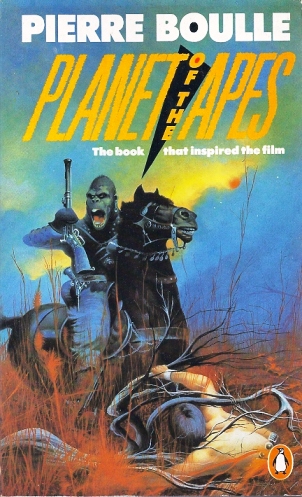
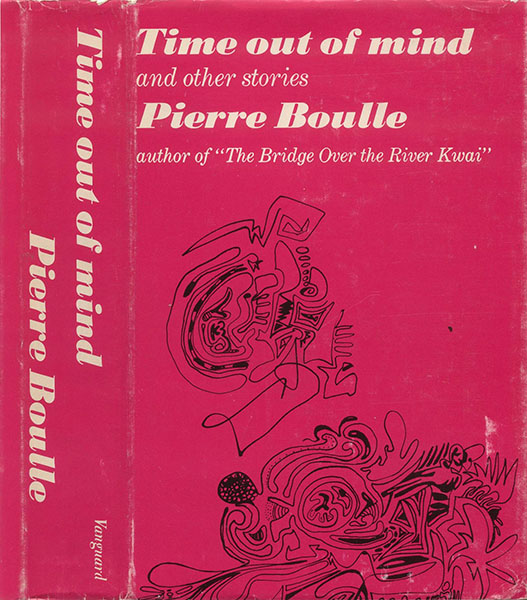
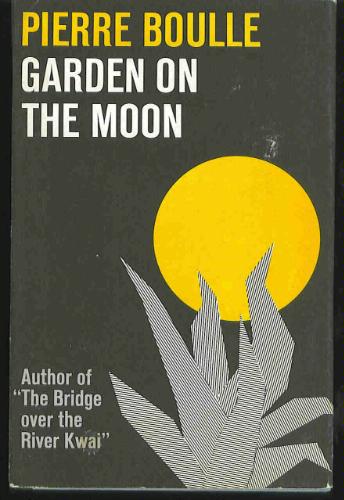
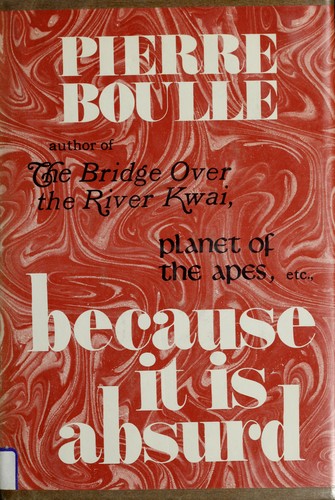
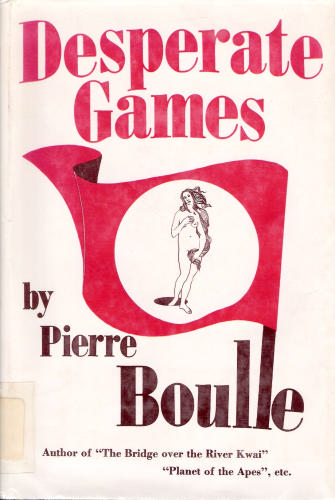
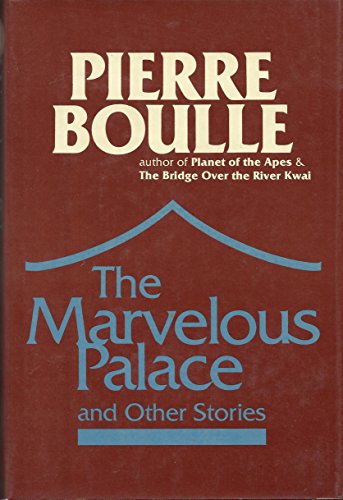

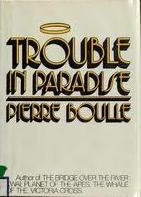
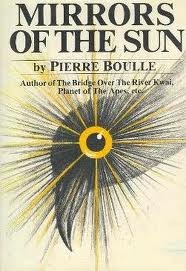
You learn a lot about an author when you read nine of his books in the space of two months. When that author is Pierre Boulle, you’re sure to be intrigued and entertained. A man writing about the issues of his time, Boulle explores the connections between science and religion, the pressures of technology on the environment, the violence simmering just under the surface of human civilization, and the 20th century quest to finally reach the moon. Through it all, Boulle shows how some seemingly-perfect solutions to the world’s problems, taken to their logical conclusions, become disastrous.
Boulle focuses on these particular themes to help him explore the ironic, absurd, and sometimes pathetic situations in which humans find themselves. His most important theme, though, is the reconciliation of science and religion. Though this argument has been going on since humans first began to investigate their surroundings (i.e. long ago), Boulle examines it in the mid-20th century context of theoretical physics and the work of French Jesuit scientist and philosopher Teilhard de Chardin. Though he wasn’t a practicing Catholic, Boulle nevertheless continued to be interested in theological questions and their impacts on modern secular society and science. By the mid-20th century, physics was concerning itself with the infinitesimally small (particles) and the unimaginably large (cosmic phenomena), leading some, like the astrophysicists in Boulle’s The Good Leviathan and Trouble in Paradise), to posit a quasi-religious component to the contemporary study of physical laws. In Leviathan, Boulle has the physicist Monsier David quote from Sir Arthur Eddington’s The Nature of the Physical World (1928) that “ ‘a serious consequence of the abandonment of the principle of causality is that it leaves us without a clear distinction between the natural and the supernatural.’” Thus as theoretical physics moves away from testable hypotheses, the physical nature of our world becomes, once again, inscrutable. David, though, sees this as the next step in humanity’s understanding of the universe. In Trouble in Paradise, the Holy Spirit comes down to Earth and chooses to inhabit, out of billions of humans, the body and mind of an astrophysicist. In this way, the Holy Spirit learns about how scientists are finding some phenomenon so marvelous and inexplicable that they can only find a spiritual explanation. Even the doctors and scientists in “The Miracle,” after ruling out all “natural” causes for a blind man regaining his sight, accept that a miracle must have occurred. Ironically, it’s the priest who called on God to perform that miracle who just can’t bring himself to believe it.
Scientists hold a special place in Boulle’s works, perhaps because he admires their determination to unlock nature’s secrets even as they sometimes make catastrophic mistakes that impact their fellow humans. This is most clearly shown in Desperate Games, where the world’s top scientists and thinkers establish a world government and proceed to end hunger, poverty, inequality, and other issues that plague humanity. The problem, which they didn’t foresee, is that without any problems to solve, people become depressed, even suicidal. The scientists’ attempts to entertain the world population quickly become grotesque and brutal—the opposite of what the scientist-leaders had intended. The same goes for Mirrors of the Sun, in which the French government sinks resources into a massive solar power plant, thinking that it will solve the country’s energy needs and heal the environment. Instead, the establishment of the plant leads to an ecological and humanitarian disaster, due to (once again) unforseen issues of animal waste and insect carcasses interfering with solar absorption. As a spiritual leader in the fantastical collection The Marvelous Palace tells the narrator, “When men of energy are stirred by creative passion, the always carry to a happy conclusion the task they’ve set themselves, no matter how arduous and difficult; they triumph over every obstacle and refuse to be discouraged by the criticism leveled against them…[But] once they’ve attained their ultimate aim, the work brought to a close by virtue of their intelligence, their labor, their desperate drive, is revealed to be useless and derisory because one little detail has escaped their genius” (37). Boulle underscores this idea in “The Age of Wisdom,” a story about two competing factions of scientists (the worshipers of the particle and the followers of the wave) who think they can “fix nature.” Both factions undertake secret research, not realizing the other is doing the exact same thing. The goal: to balance the temperature around the globe, thus warming the poles and cooling the equator. Apparently neither side thinks through the resulting destruction that this will cause, and since both factions are doing it, well…nothing good comes of it.
Garden on the Moon allowed Boulle to examine in more detail the inner-workings of a determined scientific mind. Drawing on the life and work of Nazi, and then American, rocket-scientist Wernher von Braun, Boulle showed how an engineer named Stern, obsessed with landing humans on the Moon and Mars, was willing to work for the Nazis and then the Americans just to get the funding he needed for his research. Even as he was developing rockets that the Nazis wanted to use to hit the US and England, Stern was figuring out how to get those same rockets to escape the Earth’s gravitational pull and land on the Moon. Working for the US government after World War II enabled him to continue his research, where he became locked in a close race with Soviet scientists. As in Desperate Games, Boulle imagines that the top rocket scientists working for the Nazis scattered to different countries after the war but kept in touch and shared their findings. Thus the space race in Boulle’s world is not just between the US and USSR (though they’re the farthest ahead), but also France and Japan. It’s Japanese rocket scientist Kanashima, though, who takes scientific dedication to a whole new level, sacrificing his own life to give Japan the chance to win the space race and make history.
In many of these novels and stories, Boulle foregrounds the religious imagery inherent in grand technological structures. In Garden on the Moon, Dr. Stern finds himself “shaking off the romantic images that the Peenemünde staff was only too inclined to evoke in connection with rockets: obelisk, church steeple, cathedral spire” (16). In another instance, he has a religious experience while contemplating the satellite his team is about to launch into space: “the satellite in its dazzling gold plate had been carried onto the pad by the admiral himself. Opening its case, he raised the fragile instrument into the air at arm’s length, like a priest consecrating the Host” (137-38). The immense nuclear-powered oil tanker in The Good Leviathan is described in terms of a cathedral, and when the water it sprays on environmental protestors seems to heal the sick and infirm, the tanker becomes a pilgrimage site.
For Boulle, then, scientific and technological progress can never escape (and might even encourage) the human craving for the spiritual. Furthermore, we should be skeptical of scientists and other experts who declare that they have found The Solution to a particular problem. Such solutions, when taken to their logical conclusions, often have disastrous consequences. And finally, the ironies and absurdities Boulle highlights should make us both more tolerant and intellectually critical of one another, if we hope to find those solutions that will make the Earth a better place.
